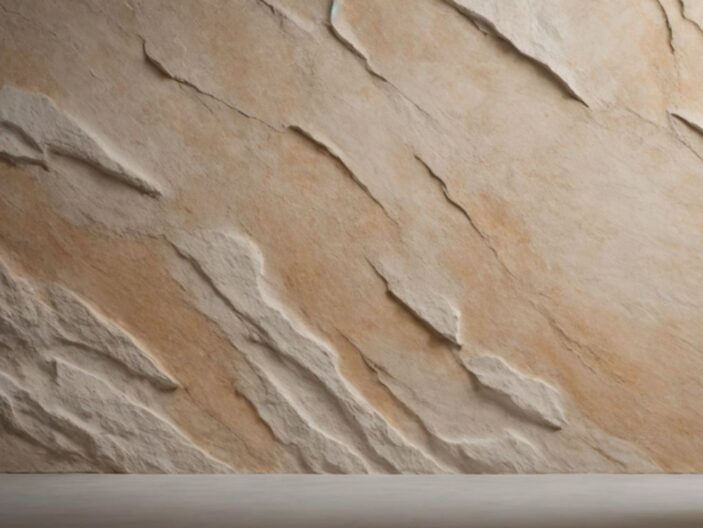Plaster wall finishes are a popular choice for homeowners looking to add a touch of elegance and sophistication to their walls. From Venetian plaster to stucco, there are various types of finishes to choose from, each offering unique benefits such as durability, versatility, and aesthetic appeal.
In this article, we will explore the different types of plaster wall finishes, the benefits of using them, the steps involved in applying them, and common mistakes to avoid. So, let’s dive in and discover all you need to know about plaster wall finishes!
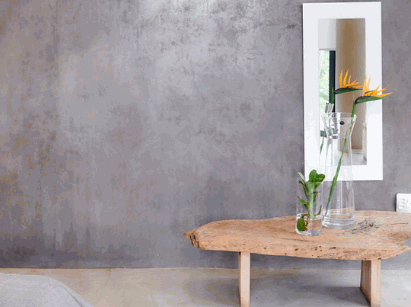
What Are Plaster Wall Finishes?
Plaster wall finishes are a crucial element in interior design, offering a variety of textures and decorative finishes to enhance the aesthetic appeal of walls.
Beyond their decorative aspect, plaster wall finishes also play a significant role in providing unique wall treatments that can transform a space from ordinary to extraordinary. The texture of plaster can range from smooth and sleek to rough and rustic, allowing for endless possibilities in terms of design and style. By incorporating these finishes, interior designers can add depth, character, and warmth to a room, creating a visually stunning backdrop that complements the overall decor scheme.
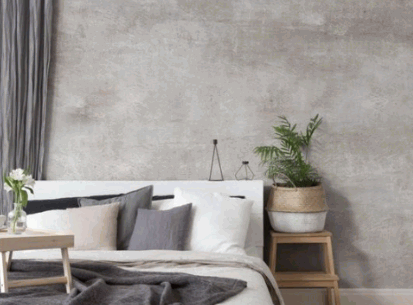
What Are The Different Types Of Plaster Wall Finishes?
Various types of plaster wall finishes exist, including stucco finish, polished plaster, gypsum plaster, and lime plaster, each offering distinct textures and visual impacts.
- Stucco finish, known for its rough and textured appearance, is often used to create a rustic or natural look in both interior and exterior settings.
- Polished plaster, on the other hand, provides a sleek and glossy finish ideal for contemporary designs, adding a touch of luxury and sophistication.
- Gypsum plaster, with its smooth and versatile nature, is commonly used for creating decorative moldings and intricate patterns.
- Lime plaster, valued for its durability and breathability, is favored in traditional buildings for its ability to regulate humidity levels.
Venetian Plaster
Venetian plaster is a luxurious surface finish that adds a touch of artisanal elegance to any space, creating a faux finish that exudes sophistication and charm.
Its application involves skilled craftsmen applying layers of the specially formulated plaster mixture with a steel trowel in a polished technique, resulting in a smooth, marble-like surface. The visual impact of Venetian plaster is breathtaking, with its depth and texture captivating the eye, especially when used to highlight architectural details or accent walls. The versatility of Venetian plaster allows for a range of finishes, from subtle and understated to bold and dramatic, making it a popular choice for both residential interiors and commercial spaces looking to elevate their aesthetic appeal.
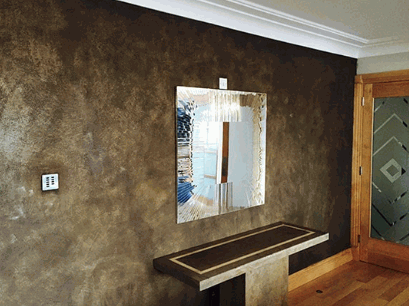
Stucco
Stucco is a classic wall finish known for its rough texture, evoking a sense of traditional charm and durability that stands the test of time.
Dating back to ancient civilizations like the Greeks and Romans, stucco has held a significant place in architectural history. Its versatility allows for intricate designs and decorative elements, making it a favorite choice for both interior and exterior applications. In modern times, stucco finishes continue to be popular due to their ability to withstand diverse weather conditions and provide excellent insulation. From Mediterranean-style homes to contemporary buildings, stucco adds a timeless appeal and aesthetic versatility to various architectural and design contexts.
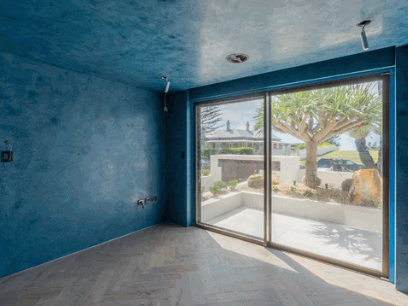
Lime Plaster
Lime plaster offers a smooth and elegant finish that requires proper maintenance to preserve its beauty, making it a sustainable choice due to its eco-friendly properties.
Its unique composition allows for breathability, preventing issues such as mold or mildew growth common in other wall finishes, making it ideal for both residential and commercial spaces.
To care for lime plaster walls, avoid harsh chemicals and excessive moisture; instead, use a soft brush or cloth for cleaning. Regular inspections for cracks or damage can help ensure the longevity of lime plaster, as any issues should be addressed promptly to prevent further deterioration.
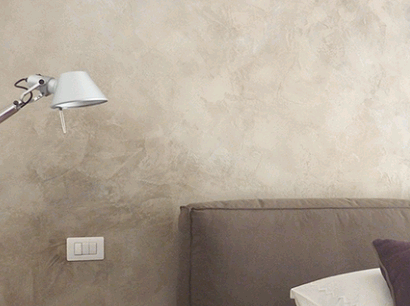
Clay Plaster
Clay plaster offers a unique option for creating textured walls that cater to modern design trends, providing handcrafted walls with a distinct visual and tactile appeal.
Its versatile nature allows for a wide range of finishes, from smooth and polished to rough and rustic, adding depth and character to any space.
Whether you’re looking to add a DIY touch to your home or seeking a professional artisanal finish, clay plaster can be customized to suit your preferences.
The natural materials used in clay plaster also contribute to a healthier indoor environment, as they are non-toxic and environmentally friendly.
Its ability to regulate humidity and absorb odors makes it a practical choice for those looking to enhance both the aesthetics and functionality of their interiors.
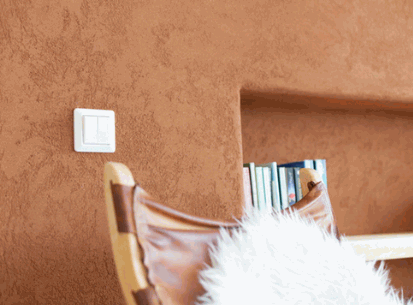
Cement Plaster
Cement plaster involves meticulous surface preparation and offers a cost-effective option for wall finishes, ensuring seamless integration with various design styles and construction materials.
Prior to applying cement plaster, it is crucial to properly clean and treat the surface to promote adhesion and longevity. This preparation may involve removing any debris, smoothing out imperfections, and priming the wall to create a suitable base for the plaster application.
In terms of cost-efficiency, cement plaster tends to be more budget-friendly compared to other wall finishing options, making it an attractive choice for both residential and commercial projects. Its versatility allows it to blend effortlessly with different architectural elements and materials, providing a cohesive and polished aesthetic.
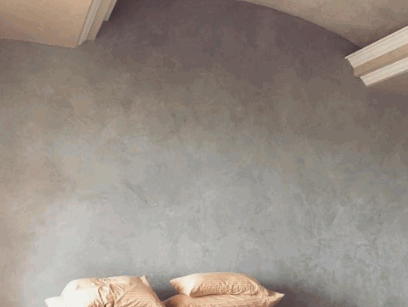
What Are The Benefits Of Using Plaster Wall Finishes?
Utilizing plaster wall finishes offers numerous benefits, including exceptional durability, versatile design options, aesthetic appeal, and easy maintenance for long-lasting beauty.
- These finishes are known for their ability to withstand wear and tear, making them ideal for high-traffic areas in homes and commercial spaces.
- With a wide range of textures and colors available, plaster finishes allow for customization to fit any style or theme.
- The seamless application of plaster creates a smooth and elegant look that adds a touch of sophistication to any room.
- The low-maintenance nature of plaster walls also means less upkeep and a timeless appearance that can enhance the overall value and ambiance of interior spaces.
Durability
Durability is a key asset of plaster wall finishes, making them a preferred choice in the construction industry for enhancing property value and showcasing exceptional craftsmanship.
The resilience of plaster wall finishes goes beyond just their ability to withstand wear and tear; it is a testament to their longevity. These finishes have stood the test of time, adding a touch of elegance and sophistication to any space they adorn. Their impact on property values cannot be overstated, as properties with well-maintained plaster walls often command higher prices in the real estate market.
Craftsmanship plays a crucial role in creating durable and lasting wall surfaces, requiring skilled artisans to meticulously apply and finish the plaster for a flawless result.
Versatility
The versatility of plaster wall finishes allows for seamless adaptation to evolving design trends, enabling custom finishes tailored to specific design projects and preferences.
Whether it’s the organic texture of Venetian plaster or the sleek finish of polished plaster, the possibilities for creative expression are endless. Designers can play with different colors, techniques, and textures to achieve a truly unique look that complements the overall aesthetic of a space. From modern minimalist interiors to classic and ornate designs, plaster wall finishes can be applied in a variety of styles to add depth and character to any room.
Aesthetics
Plaster wall finishes enhance the aesthetics of a space, creating a significant visual impact that complements wall décor and aligns with current design trends.
The unique texture and depth of plaster finishes add dimension and character to walls, transforming them into focal points of a room. Their versatility allows for the creation of various effects, from smooth and sleek to rustic and textured, catering to diverse design preferences. By incorporating plaster wall finishes, interior spaces exude a sense of sophistication and elegance, elevating the overall ambiance. These finishes also offer a timeless quality that transcends design fads, making them a lasting choice for those seeking enduring beauty in their surroundings.
Easy Maintenance
Plaster wall finishes offer the advantage of easy maintenance with proper care and surface preparation, ensuring that the walls retain their beauty and integrity over time.
Regular upkeep is essential to extend the lifespan of plaster walls. Prior to painting or touching up the finish, it’s crucial to inspect the surface for any cracks, chips, or imperfections. These flaws should be repaired promptly to prevent further damage.
For routine cleaning, using a soft cloth or brush to dust the walls regularly can help preserve their appearance. Avoid harsh cleaning agents that can damage the plaster and opt for gentle solutions.
Maintaining consistent indoor humidity levels can prevent moisture-related issues that may compromise the integrity of the plaster finish.
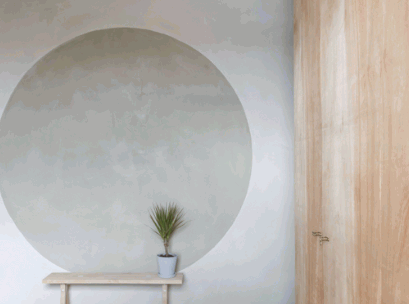
What Are The Steps Involved In Applying Plaster Wall Finishes?
The process of applying plaster wall finishes entails several key steps, including preparing the wall surface, applying the base coat, adding texture or design, and applying a final coat for a professional finish.
The wall surface needs to be cleaned thoroughly to ensure proper adhesion of the plaster. Any existing paint or wallpaper should be removed, and any cracks or holes should be patched and sanded smooth.
Next, the base coat of plaster can be applied using a hawk and trowel, ensuring an even and consistent coverage. Once the base coat is dry, various techniques can be used to add texture or design elements, such as swirls, stipples, or patterns.
The application of a final coat of plaster provides the smooth and polished finish desired for a professional look.
Uncover more: How To Clean Plaster Dust Off Wood Floors
Preparing The Wall Surface
Properly preparing the wall surface is a critical initial step in the plaster application process, involving surface cleaning, repair, and priming to ensure a smooth and uniform finish.
This preparation stage is vital for achieving a professional-looking final result. When it comes to cleaning the surface, it is essential to remove any dust, dirt, or grease that could interfere with the adhesion of the plaster.
Repairing imperfections such as cracks or holes is also crucial; these can be filled with spackling compounds and sanded smoothly for a seamless transition.
Priming the wall surface before applying plaster helps to create a suitable base for the plaster to adhere to, promoting better durability and a consistent texture across the wall.
Applying The Base Coat
Applying the base coat is a foundational step in the plaster application process, where the texture and rough finish begin to take shape, setting the groundwork for subsequent layers.
During this stage, the base coat serves as the bonding agent that adheres the plaster to the surface, providing strength and durability to the overall structure. By carefully preparing and applying the initial layer, craftsmen can control the thickness and consistency of the plaster, ensuring an even distribution that minimizes cracks and enhances the wall’s resilience. This rough finish not only offers a key foundation for further embellishments but also plays a crucial role in creating a visually appealing and long-lasting wall finish.
Adding Texture Or Design
Adding texture or design elements during the plaster application phase allows for creative expression and customization, transforming plain walls into artistic focal points within a space.
This artistic approach offers a myriad of possibilities, enabling individuals to infuse their unique personality and design preferences into the very walls that surround them. By incorporating various techniques such as sponging, stenciling, or layering different textures, each wall treatment becomes a canvas for self-expression. The interplay of light and shadow on textured surfaces adds depth and dimension, creating a dynamic visual impact that elevates the ambiance of any room. Ultimately, the beauty of plaster finishes lies in their ability to transcend mere functionality and evoke emotions through tactile and visual stimulation.
Adding A Final Coat
Applying the final coat in plaster application is the concluding step that ensures a smooth finish and seamless integration of the decorative elements, providing a professional and polished appearance.
This final step is crucial as it allows for the blending of textures to create a cohesive look. By applying this coat carefully, one can achieve a level surface that enhances the overall aesthetic impact of the wall finishes. The final coat serves as a protective layer, ensuring durability and longevity for the plastered surface. It is also a significant factor in maintaining structural integrity and preventing damage over time.
What Are The Common Mistakes To Avoid When Applying Plaster Wall Finishes?
When applying plaster wall finishes, it is essential to avoid common mistakes such as inadequate wall surface preparation, improper tool or material usage, and insufficient drying time between coats to ensure a successful application.
Proper surface preparation involves ensuring that the wall is clean, dry, and free of dust and debris before beginning the plastering process. Selecting the right tools, such as trowels and floats, and materials, like the appropriate type of plaster for the specific surface, is crucial for achieving a smooth and uniform finish. Allowing ample drying time between coats is necessary to prevent issues like cracking or bubbling, which can detract from the overall quality of the plastered surface.
Not Preparing The Wall Surface Properly
One of the critical mistakes to avoid is not preparing the wall surface adequately before plaster application, as this can lead to adhesion issues, surface irregularities, and compromised finish quality, especially in renovation projects.
Improper wall surface preparation can result in plaster not adhering properly to the wall, causing it to crack and detach over time. Inadequate surface treatment can also lead to a lack of smoothness in the finish, creating unsightly bumps and imperfections. These issues can be particularly problematic in renovation and remodeling projects, where the goal is to achieve a seamless and flawless result.
By taking the time to properly prepare the wall surface, you can ensure a durable plaster finish that enhances the overall quality and longevity of the space.
Using The Wrong Tools Or Materials
Using incorrect tools or materials during the plaster application process can result in subpar finishes, uneven textures, and compromised durability, highlighting the importance of selecting the right equipment, especially in DIY projects.
When opting for DIY plaster projects, it’s crucial to pay meticulous attention to the tools and materials being used. Substituting proper plastering tools with inadequate alternatives can lead to visible imperfections like cracks, flaking, or uneven surfaces. The wrong choice of materials may result in premature deterioration or adhesion issues. These mistakes not only compromise the aesthetic appeal of the final outcome but also jeopardize the structural integrity of the plastered surfaces in the long run.
Not Allowing Enough Drying Time Between Coats
Insufficient drying time between coats in plaster application can lead to adhesion issues, surface imperfections, and compromised craftsmanship, underscoring the importance of patience and proper drying intervals.
Allowing each coat of plaster to fully dry before moving on to the next is essential for achieving a flawless and professional finish. Rushing this process can result in uneven texture, bulging or cracking, and an overall subpar appearance.
Patience is key in plastering work, as it allows for proper curing and bonding between layers, ensuring a durable and long-lasting result. Taking the time to allow for adequate drying periods demonstrates a commitment to quality craftsmanship and attention to detail, ultimately leading to a beautifully smooth and consistent surface.
